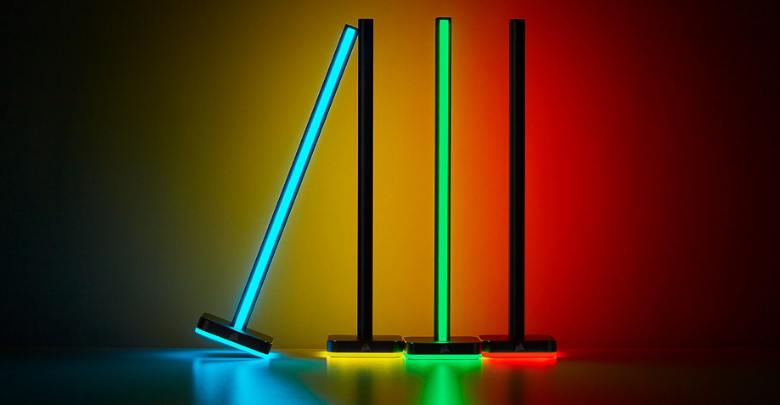Can we say we’ve reached peak RGB yet?

The external design of a case can elicit strong feelings of love or disgust in the eye of the beholder, which is why we at bit-tech adhere to the principle that aesthetics are purely subjective. Many people are fine with a simple white light illuminating the insides of their tempered glass-equipped PC, but lighting effects and RGB lighting are quite another matter.
This is largely due in part to the growing popularity of customising gaming peripherals, most notably keyboards, which have led to the proliferation of RGB lighting in all areas of PC hardware. Despite this, it’s common practice to use colour-neutral heatsink and shroud covers these days in order to ensure that RGB lighting can be adjusted to produce the same hue as the rest of your PC.
Digital lighting effects are now a must-have feature when case manufacturers include RGB lighting in their products due to the introduction of addressable RGB lighting.
In contrast to a mouse or headset, we’re not dealing with a few dim LEDs here due to the bulk of the cases. The latest cases include premium RGB fans, LED strips, and/or lighting controllers that can be controlled via software or at the very least via a wired controller.
There are now many premium cases that include RGB lighting, such as Phanteks Evolv X and Corsair’s Crystal Series 680X, but companies like Fractal Design prefer to keep things simple even with premium cases like the Define R6. RGB fans shining through glass front panels are used by some, while others use it more subtly, by illuminating small areas of front panels and PSU covers.
Of course, this is a personal choice, and I fall somewhere in the middle of the two extremes: retina-burning and no lighting at all. Even a few single-colour LED fans or a strip of lighting, in my opinion, gives a build more oomph. A water-cooled system, in particular, can make coolants and tubing really pop out at the user.
Case makers face a challenge, however, in deciding where to draw the line and how to please as many people as possible. We haven’t seen a halt in the use of RGB lighting, and I believe that case manufacturers are still experimenting with the technology.
However, this does not mean that we haven’t crossed the point of no return. In this case, I’m referring to the new Corsair Crystal Series 680X rather than the amount of lighting. There’s nothing overly garish about these three RGB fans, and the lighting looks great through the tinted glass panels, but there’s a bigger problem here than whether or not you’ll be able to see the lights when you close your eyes at night..
When it comes to illuminated cases, the price hasn’t been an issue until recently. The cost of RGB lighting is often reflected in the price of the same chassis design, with illuminated models typically costing a little more. There is no direct comparison, but the value of the lighting components as well as the Air 540, which is a nearly identical case apart from a few tweaks, can be examined. The 680X cost £220.
Lighting Node Pro with a fan hub and three LL120 RGB fans costs £90, while the Air 540 costs less than £120. Tempered glass and metal feet distinguish the 680X from its more expensive sibling; however, the difference in price is almost entirely attributable to the RGB lighting.
Concerning the 680X, Corsair does not appear to have a non-RGB version, which I believe will create controversy. As a result, a large portion of the price of the case is going toward lighting and not toward its construction. This wouldn’t be a big deal if the 680X had also improved significantly over the excellent but ageing Air 540, but the problem is that it hasn’t. Aside from the tempered glass and RGB lighting, the majority of it looks exactly the same as the competition.
In my opinion, the 680X’s asking price doesn’t come close to covering the costs of the lighting in this particular example. Even with the ability to connect the LL120 fans to Corsair’s iCUE software, the movie is still a little excessive to me.
Because this is such a personal matter, I’ll ask a few probing questions. For starters, how much are you willing to pay for case lighting? Alternatively, do you think that every RGB-enabled case should also include a non-RGB option? Tell us in the comments what you think.



